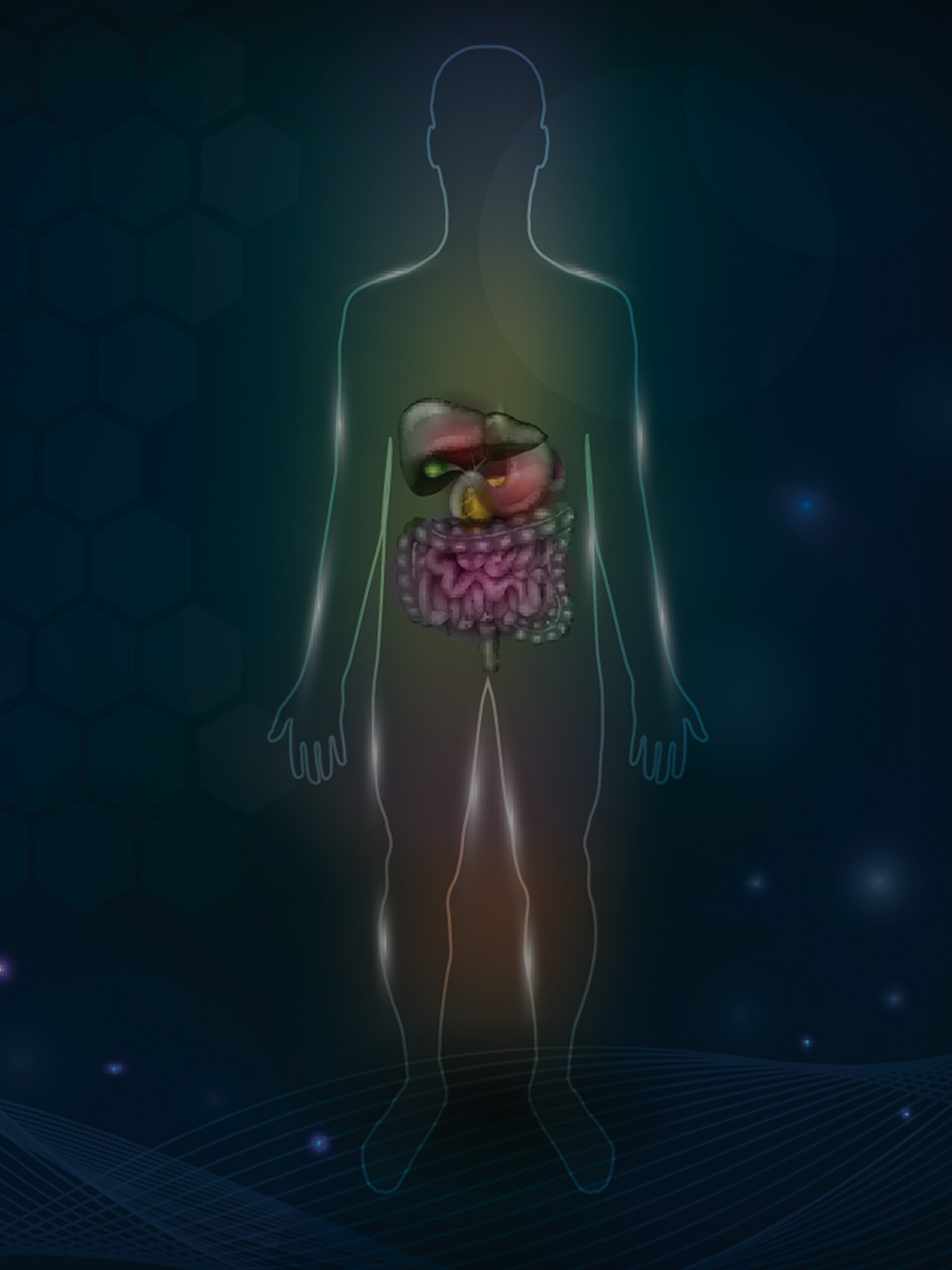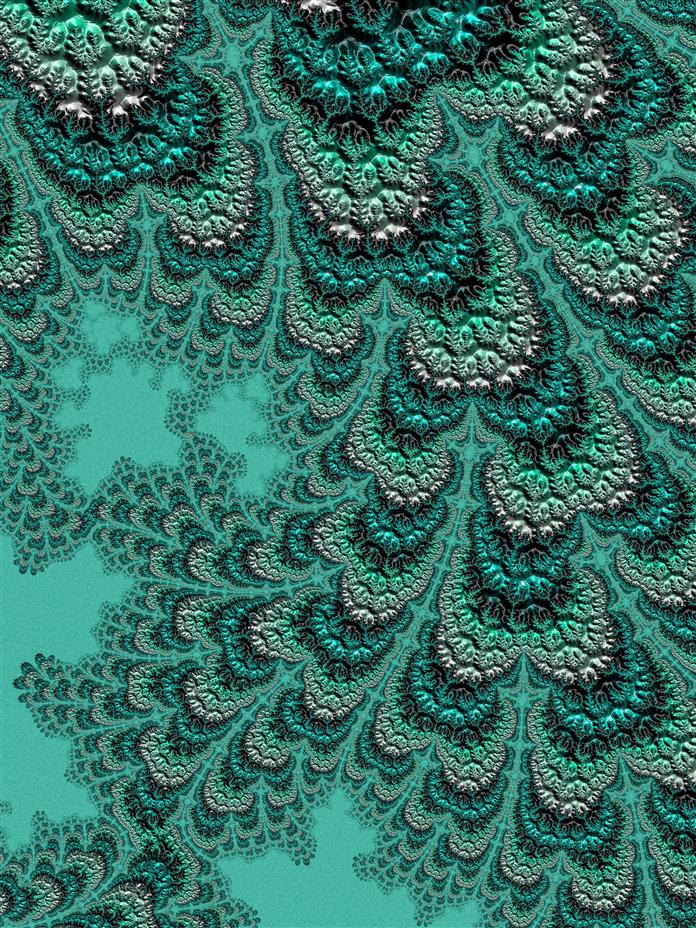
Tap to Read ➤
Uncinate Process
The uncinate process is a projected bone-like structure present in organs like pancreas, nasal bone, thoracic cavity, vertebra, and spine. Read more...
Saptakee Sengupta


Apart from being present in the human body, this projection of bone is seen in birds and reptiles as well. In birds, they help in strengthening the rib cage, performing swift movements, and playing a significant role in respiration by increasing the effectiveness of the muscles involved.

Ethmoid Bone
► This sickle-shaped bony leaflet-like structure protrudes from the anterosuperior attachment on the lateral nasal wall. From the nasal wall, it extends further to the posteroinferior attachment on the inferior turbinate

► The uncinate process touches the posteromedial at its free margin. The posterosuperior free margin runs parallel to the anterior surface. A structure known as ethmoid bulla is attached here.

► This uncinate process in an intricate framework that is attached perpendicularly to the palatine bone and the ethmoid process of the turbinate. It is supported by bony spicules. In some cases, the bone enlarges and looks like an elongated structure.

► It is classified into 3 types based on its superior attachment.
- In this type, the protruding bone inserts into the lamina papyracea by bending laterally in its uppermost position.
- The projection stretches superiorly till the roof of ethmoid in this type.
- Here, the superior end of the elongated bone gets attached to the middle turbinate by turning medially.

Pancreas
► It is defined as the angle of junction of the lower and left lateral border that forms a prolongation in the head region of pancreas. It is a hook-like projection that starts from the inferior portion and curls posterior to the superior mesenteric vessels.

► During embryogenesis, there is a considerable development of the distal foregut. The C-shaped duodenum is formed, and the ventral pancreatic bud is rotated into the dorsal bud forming the uncinate process.

► This prolongation of pancreas is also known as uniciform pancreas, winslows pancreas, willis pancreas, lesser pancreas, or uncinate pancreas.
► It is vulnerable to carcinoma although the chances are rare. It needs a resection if affected by ganglioneuroma or any kind of tumorous growth.
► It is vulnerable to carcinoma although the chances are rare. It needs a resection if affected by ganglioneuroma or any kind of tumorous growth.

Cervical Vertebra
► It is quite similar to that of the pancreas structure-wise. It is a hook-shaped process that projects from the lateral border, or the side edges of the top surface of the vertebral bodies between the third to seventh cervical vertebrae and the first thoracic vertebra.

► It provides support to the vertebra, and prevents it from sliding backwards from below the succeeding vertebra.
► A condition in which the projections from the cervical vertebrae increase in size is known as uncinate hypertrophy. This narrows down the cervical forearms, along with giving rise to other complications like foraminal stenosis (a condition in which the spinal canal narrows, and compresses the nerves).
Ribs
► These are elongations of bone that project from the vertical segment of an individual rib.
► These are mostly present in birds and reptiles.
This projected bone provides support to the main bones of our body. Enlargement or reduction in their size can give rise to muscular or nerve complications. In such a scenario, one should opt for a surgery.
► These are mostly present in birds and reptiles.
This projected bone provides support to the main bones of our body. Enlargement or reduction in their size can give rise to muscular or nerve complications. In such a scenario, one should opt for a surgery.